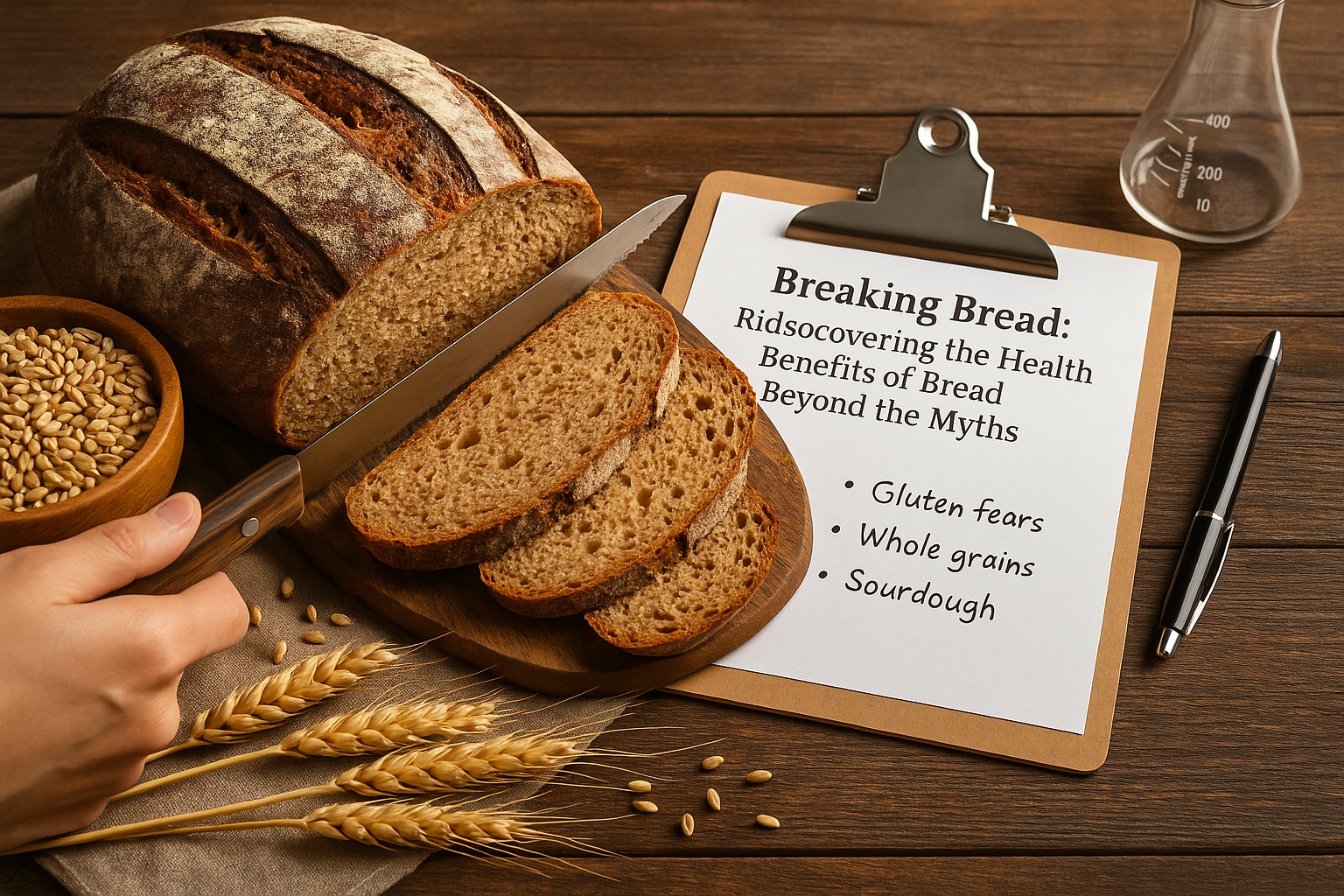Introduction
Acacia gum, also known as Gum Arabic, is a natural hydrocolloid obtained from the hardened sap of Acacia trees. Renowned for centuries, it is prized as a stabilizer, emulsifier, and soluble dietary fiber. This guide explores what Acacia (Gum Arabic) is, how it’s produced, and why it remains a vital ingredient in modern food and beverage industries.
What is Acacia (Gum Arabic)?
Gum Arabic is a complex mixture of polysaccharides and glycoproteins, collected from the Acacia senegal and Acacia seyal trees. It dissolves easily in water to form a clear, tasteless solution, making it ideal for applications where stabilization and emulsification are needed without altering flavor.
How is Gum Arabic Made?
- Tapping: Acacia trees are tapped to release natural exudates (sap).
- Collection: The dried exudates harden into crystals on the bark and are collected.
- Cleaning: The raw gum is cleaned to remove bark and impurities.
- Milling: It is ground into granules or powder for food and industrial use.
Culinary Uses of Gum Arabic
- Confectionery: Provides chewiness in candies and improves gum texture.
- Beverages: Acts as a stabilizer in soft drinks, juices, and flavor emulsions.
- Bakery: Retains moisture and improves dough handling.
- Dairy: Prevents fat separation in flavored milk and ice cream.
- Dietary Fiber: Recognized as a source of soluble fiber, supporting digestive health.
Benefits & Functional Properties
- Excellent Emulsifier: Keeps oil and water systems stable in beverages.
- High Solubility: Dissolves easily in water, forming clear solutions.
- Dietary Fiber: Provides soluble fiber benefits for digestive wellness.
- Clean Label: Natural, plant-derived, vegan, and gluten-free.
- Versatile Applications: Used in confectionery, beverages, bakery, and dietary supplements.
Where to Buy Gum Arabic
Cape Crystal Brands offers premium Gum Arabic for culinary, nutritional, and scientific applications.
👉 Shop Gum Arabic Now
Frequently Asked Questions
Is gum arabic safe?
Yes, it is GRAS (Generally Recognized As Safe) and widely approved for food use.
How much gum arabic should I use?
Typical usage is 0.2–1.0% depending on the application.
Is gum arabic vegan?
Yes, it is plant-derived and suitable for vegan and gluten-free diets.
Does gum arabic affect flavor?
No, it is tasteless and does not alter food flavor.
What foods commonly use gum arabic?
Soft drinks, candies, bakery items, and nutritional supplements.
Can gum arabic act as dietary fiber?
Yes, it is a soluble fiber that supports digestive health.
Keep Learning with Cape Crystal Brands
← Back to Ingredient Guide 🔎 View More Detail 🛒 Shop This Ingredient




